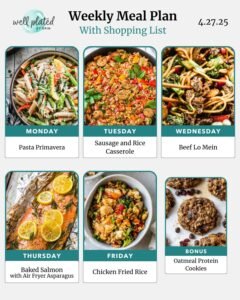
Interest rates on savings accounts remain high, hovering around 4% APY. Yet many of us aren’t taking advantage of these high savings rates to add extra to our savings.
But what if you don’t have extra money to save right now? Between high energy bills, student loan payments and the potential that tariffs will raise prices even higher, saving money can feel impossible. I get it.
Although you may not have much room in your budget, I also know that prioritizing savings can be a lifeline if an unexpected expense pops up, like a surprise medical bill or car repair. I asked experts their number one tip to start saving now, without straining your wallet. The answer may surprise you.
Read more: Need a 2025 Financial Diet? Try One of These Savings Challenges
How high are savings account rates right now?
Savings rates have been on a slight decline since their highs in 2024. Here’s a closer look at the best high-yield savings accounts we track at CNET.
Savings account rates, Feb. 13, 2025
| Today’s best high-yield savings rates | ||
|---|---|---|
| Bank | APY* | Min. deposit to open |
| Varo | 5.00%** | $0 |
| Newtek Bank | 4.55% | $0 |
| LendingClub | 4.50% | $0 |
| EverBank | 4.30% | $0 |
| Bask Bank | 4.35% | $0 |
| Synchrony Bank | 4.00% | $0 |
| Laurel Road | 4.00% | $0 |
| American Express | 3.80% | $0 |
| Capital One | 3.70% | $0 |
Experts recommend comparing rates before opening a savings account to get the best APY possible. Enter your information below to get CNET’s partners’ best rate for your area.
Expert tips to kickstart your savings goals
The best way to get yourself used to prioritizing setting money aside for the future is to build the habit. Start small until it becomes routine.
Set aside a small amount from each paycheck — even if it’s just $10, said Larry Sprung, a certified financial planner. Sprung strongly recommends keeping your savings in a high-yield savings account. HYSAs offer better flexibility and higher interest rates than most checking and savings accounts. Most high-yield savings accounts offer 4% APY or higher, which outpaces the current inflation rate. That can offer you a little more buying power, Sprung said.
Andrea Woroch, a consumer finance expert, agrees. If setting a specific target number is overwhelming, she recommends saving what you can, when you can. Saving $5 or $10 here or there will put you in a much better spot financially than not being able to hit a big savings goal and giving up.
An easy way to make prioritizing your savings goals mindless is to set up automatic transfers to move money to your savings account as soon as you get paid. You may also add windfalls — like your tax refund — to boost your savings.






